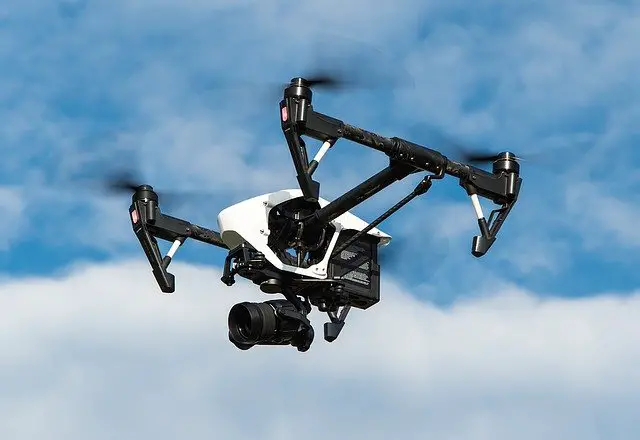Use of drones is gaining popularity. They were initially used for very specific tasks but with the rapid advancement in technology, the applications have diversified. Unmanned drones are changing the world in a big way. From agriculture to construction to delivery services, drones are being adapted for all kinds of purposes. One of the most important aspects of this technology is its ability to collect massive amounts of data that can be used for the purpose of urban planning. For example, information can be collected on where there’s a demand for new housing or whether there’s a need for better public transit options in a given area. See this article to learn more about how drones will change our future forever:
Aerial Surveys
Aerial photography involves placing a camera or drone (or even another aircraft) above a subject, record images of the scene, and then transmit the images back to the ground station. Aerial photography has become a standard of science, art, and architecture with the help of advanced technology and new innovations in drones and sensors. Drones have extended their uses to urban planning and even how we are able to understand and sense large scale projects and complex mapping. Aerial imagery makes it possible for the researcher to visualize the changes, movements, and status of a place that would otherwise take months or even years to put together using other methods.

Related Article: Exploring the World of Drone Pilots – Aviation Thrust
Virtual Reality
Recently, we have witnessed the emergence of Virtual Reality (VR) technology. Drones have made rapid strides in using VR technology in various sectors. If a drone flies over an open field, it captures a variety of aerial perspectives using Google Earth’s street view tool. The data acquired from the images are then transformed into immersive virtual reality experiences. This enables a user to move in real time to see what that spot looks like from the drone’s perspective. Thus, in the field of real estate and construction, this provides a virtual 3D perspective of a building, road, bridge, or roadway. Real Estate and Construction The development of virtual reality technology has led to the development of virtual reality technology.
Complex 3D Space Scanner (e.g., LiDAR)
The furthering capability of 3D scanners (e.g., LiDAR) for surveillance, precision measurement, mapping, and construction preparation. It can take measurements of any form of terrain. This technology provides a combined data set of 2D or 3D information for object identification and/or classification, spatial relations, spatial comparison, or 3D models for computer animation and other applications. These 3D spatial scans can also assist construction workers in identifying hazards or existing deficiencies such as collapsing areas or steep slopes. LiDAR technology makes its way to the construction business and can play a significant role in developing a new virtual reality for the construction industry.
Photograph Meshing
These 3D models have the potential to create an urban or rural architect’s imagination and they have proven to be an effective tool in real estate for both estimating new construction projects and analyzing structural design changes. Drone technology makes building the framework of a city more feasible and also brings communities to life. Drone’s social responsibility Drones are a form of autonomous technology with an alluring identity. When it comes to engineering or building anything or service, it is wise to be an intelligent consumer. With the millions of drones and the rest of the technology out there, there is a different AI, which can predict changes in weather that can create changes on buildings or property in seconds.
Urban Planning Applications
Urban planning is an important part of society because it affects every aspect of our lives. Our jobs, health, education, travel, entertainment and even our safety and security are all affected by urban planning. Urban planners work to ensure that the cities we live in are safe, clean, healthy, accessible and convenient. However, the process of urban planning is changed behind the scenes a little as the city goes through years of planning to improve the quality of life in the city. Although virtually every aspect of planning is influenced by humans, and the planning stage is very much influenced by our human bias, there’s one field that we humans seem to be efficient at, that is urban planning. As we all know, collecting big data is crucial for iterating urban design and figuring out where there’s a need or not. In the future, as the use of drones becomes ubiquitous, their capabilities will head towards those of airplanes. It won’t be long before commercial aircraft become the drone of the future, equipped with digital inspection and control software that identify problems before they even occur. Drones will replace land-based surveying tools such as land vehicles and airplanes that make maps and check if infrastructure is in place.
Conclusion
When initially introduced, drones were conceived of for a variety of missions and applications. The development of drones, especially their autonomous functionality, has made them possible for performing various tasks in diverse situations. Considering its functionalities and applications, drones have transformed the landscape of both the military and civilian space. Aerial surveying and mapping, computer-assisted analysis, and surveillance missions have all been carried out with drones. Considering the capabilities of this emerging technology, its future applications and developments, and the impact it has had on our lives, it is time to investigate the future of drones in urban planning and design.

